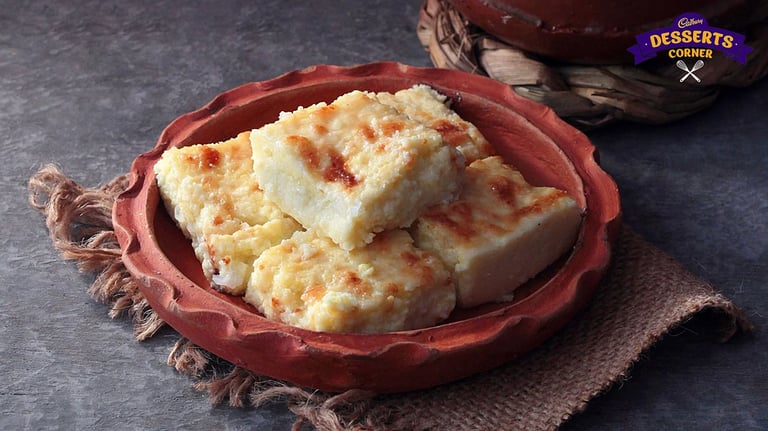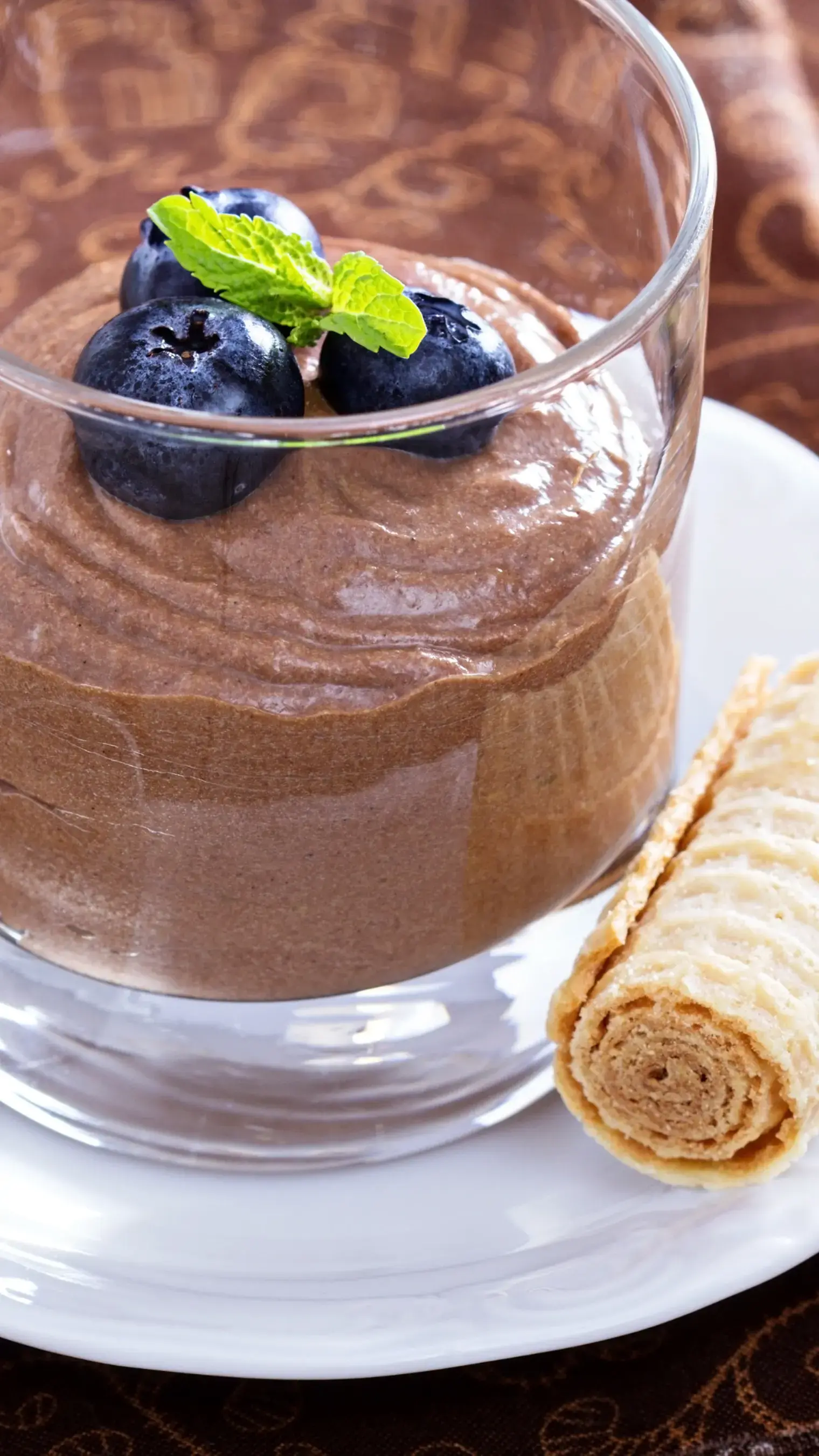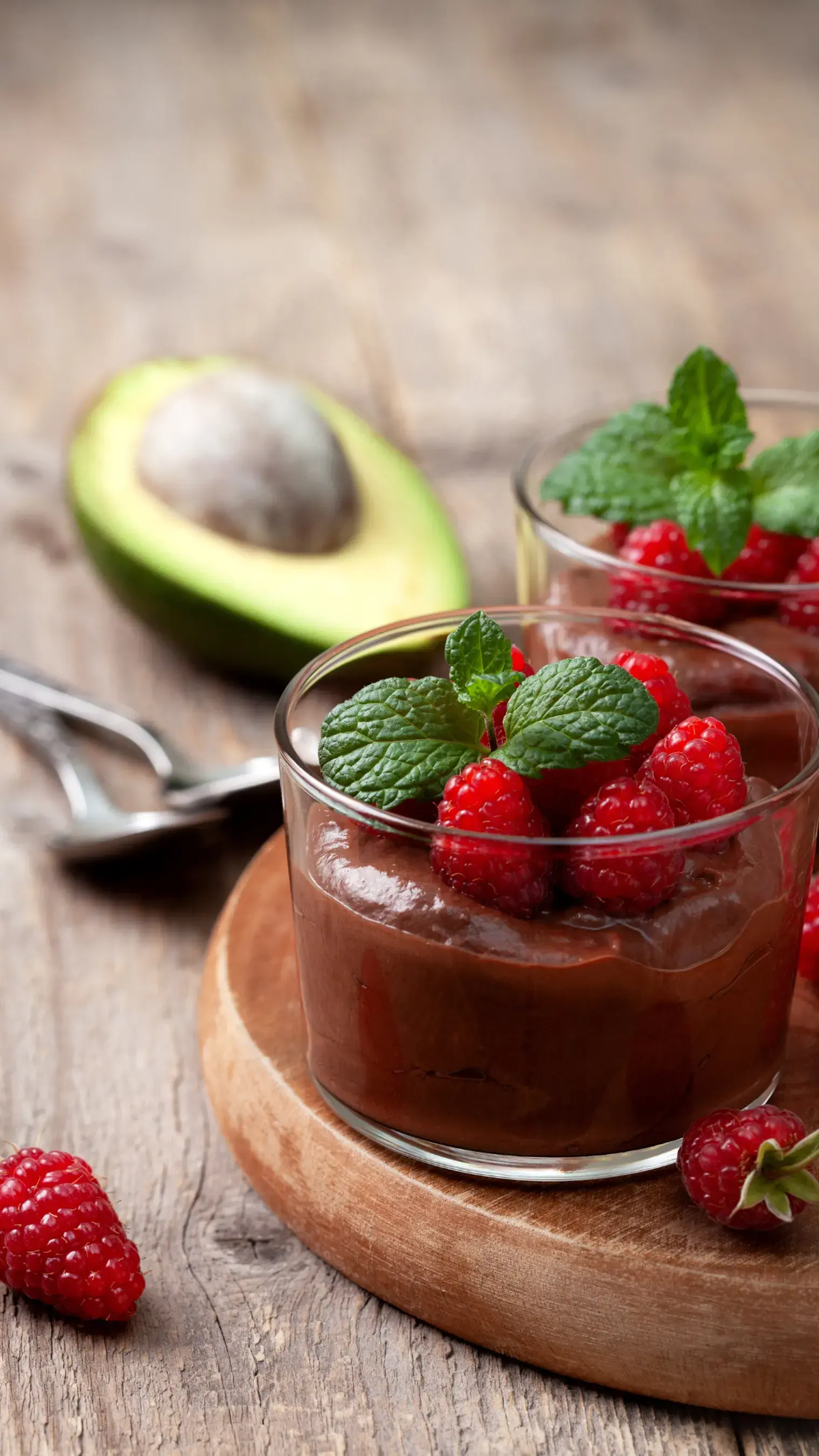- Home
- Articles
- The Legacy and History of the Humble Bangali Sondesh From Its Soft Sweetness and Its Alankar Molds
Some desserts are an emotion, and for Bengalis besides the Rosogolla, sondesh is the shy cousin that is hovering in the background but a part of every festival, celebration and sharing of joy. We must also talk about the molds and the little community that makes them

Bengal and its “chini” are inseparable and it is no wonder it has permeated the cultural fabric of the Eastern state frequently making an appearance in its films and literature. The magic of mishti, especially sondesh can be witnessed in films like Goopy Gyne Bagha Byne, the brainchild of Upendrakishore Ray Chowdhury and directed by the genius Satyajit Ray.
It is no exaggeration when we say people lose their minds over sondesh, such is its popularity, that it is the first choice for the average Bangali person. There are humorous poems and sonnets dedicated to this sumptuous and delicate sweet from Bengal, but where did this little sweet treat actually come from?
The Origins of Sondesh

Traditionally in India, using curdled milk was seen as taboo and inauspicious. However, sondesh emerged as a special exception. Made from chenna, the extract of curdled milk, it is one of the few traditional sweets using this ingredient. It is said to be at least 400 years old, but the earliest version was made by the Moira clan, namely Nobin Chandra Das in the Hoogly district of Bengal. NC Das is the father of rosogolla and is also credited with creating the earliest forms of many other sweets which evolved and took their rightful place among the heritage sweets of the state.
The origins of sondesh can be traced to the influence of early Portuguese settlers who arrived in Bengal in the 17th century. Establishing thriving communities near Kolkata, the Portuguese brought with them a love of cheese. Local Bengali confectioners adapted the Portuguese techniques of working with fresh cheese into Indian sweets. This fusion of cultures gave rise to the beloved sondesh sweet.
Rise to Prominence in Bengal
As described by French traveler François Bernier in the 1600s, the Portuguese excelled at sweetmaking and their skills helped spread this new tradition of sondesh across Bengal. Over the following centuries, sondesh became ubiquitous in the region.
The 19th-century Bengali Renaissance and the growth of a wealthy urban middle class in Kolkata ushered in sondesh's golden age. Renowned sweet shops like Bhim Nag, K.C Das, Dwarik Ghosh, and Ganguram crafted over 100 varieties of extravagant sondesh.
Innovation and Marketing

Sweet shops experimented with new flavors, shapes, ingredients for sondesh to come up with their own versions of it. Chocolates, fruits, and unique molds were incorporated and the simple Sondesh took more novel forms. Marketers were also responsible for growing the popularity of sondesh even more. They gave sweetmeats poetic names to capture patrons' imagination, such as "Desh Gourob" (Glory of the Nation), Monohara (captivator of the heart), and Abar Khabo (I'll Have Another). Some sondesh were even named after dignitaries to honor visiting leaders of that time from Britishers like Lord Ripon to the Soviet premier Bulganin.
The Sondesh Molds
We need to talk about molds for they are what sets the sondesh apart from every other dessert and mishti of Bengal and the rest of the country. Molds played an important role in the history of sondesh-making in Bengal. Some of the oldest stone-based molds can be found in archaeological sites, reflecting traditional art forms such as alpana and pata chitra. These molds were primarily used to make amsatta - dried mango pulp sheets.
Now onto a little history of how today’s dying art of mold-making came to be. In the 19th century, molds were commonly made of clay and stone by local potters. The potters in Notun Bazar, Kolkata emerged as specialized mold makers who made use of local clay collected by local people. The clay was stored, processed, and fired in furnaces using cow dung cakes as fuel under the potters' supervision.
Wooden molds became preferred for commercial production. Artisans further had a big role to play in evolving from delicate clay molds to crafting molds from local woods like sal and mango. They carved intricate designs showcasing motifs for festive occasions. Molds of different sizes were made depending on the filling amount and purpose, such as tatwa molds for wedding gifts.
Even today in Notun Bazar, various tools and woods are used. Sal, mango, and jackfruit wood are dried, seasoned, and intricately carved using chisels by the artisans. A lac coating is applied to seal and protect the engraved designs, allowing the molds to be reused without deterioration over time.
Legacy of Sondesh Today

This tradition of crafting uniquely named sondesh to celebrate important figures continued into the 1960s. The practice showed how sondesh had become synonymous with Bangali culture. Even today, sondesh remains a treasured legacy of the cultural fusion between Portugal and Bengal. Its unique origins highlight how food traditions evolve through shared experiences across communities. Sondesh will always have a special place in Bengali cuisine and identity and don’t blame that ‘annoying’ friend for rotting your ear every time you meet, with their love for sondesh.
Like This Article?
More Like This



Popular Articles




Trending Web Stories
Curated Recipes



















